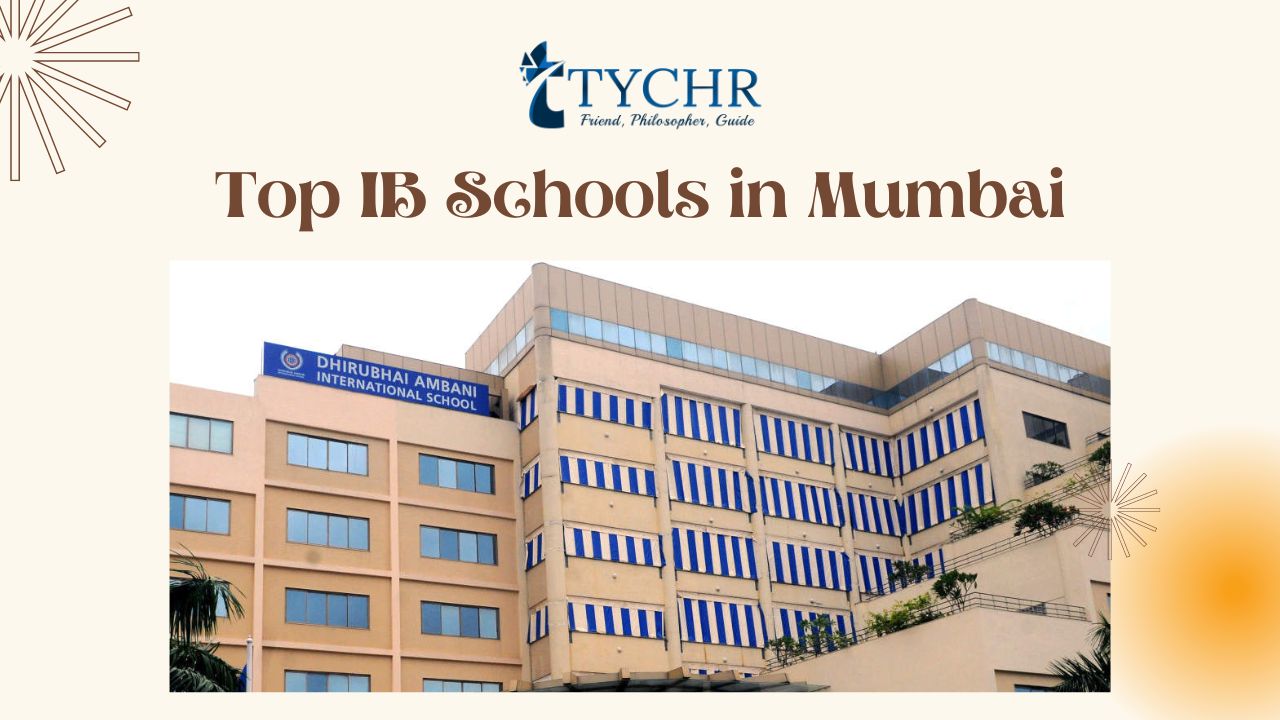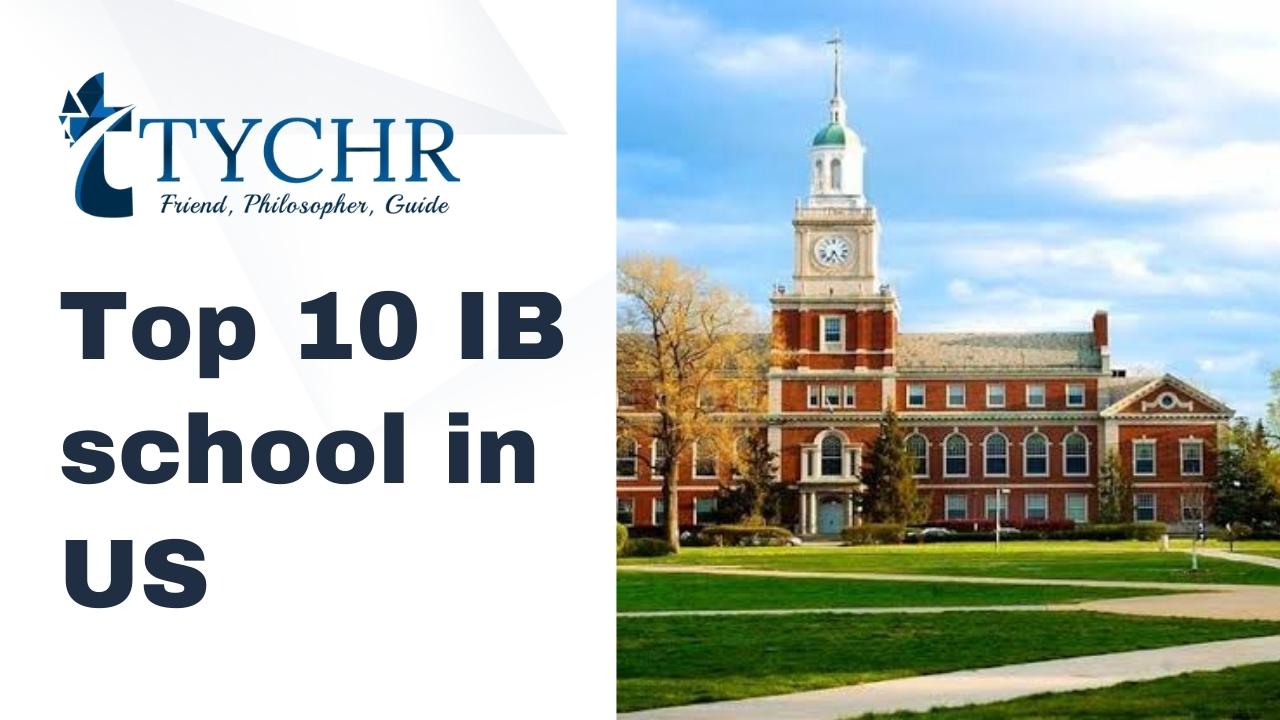Table of Contents [hide]
Introduction to Romanticism and its Influence on Poetry
Welcome to the enchanting world of Romanticism, a literary movement that swept across Europe during the late 18th and early 19th centuries. Bursting with passion, imagination, and an unabashed celebration of individuality, Romanticism revolutionized the way poetry was written and appreciated. In this blog post, we will embark on a poetic journey through this transformative era, exploring its captivating themes and mesmerizing styles. So grab your quill pens and let’s dive into the depths of poetry in Romanticism! Whether you’re a seasoned poet or simply someone who appreciates the power of words, there is something for everyone to discover in this timeless art form. Let us begin our exploration by unraveling some of the prominent themes that defined Romantic poetry!
Also read: Pictionary Words: Engaging Vocabulary Challenges for Fun and Creativity
Themes in Romantic Poetry:
Nature:
One of the prominent themes found in Romantic poetry is a deep appreciation for nature. Romantics often sought solace and inspiration in the natural world, viewing it as a source of beauty and spiritual connection. They celebrated the power and majesty of landscapes, from towering mountains to serene meadows. Through vivid descriptions and imagery, poets transported readers to these enchanting natural settings, inviting them to experience the wonders of nature firsthand.
Love and Romance:
Another recurring theme in Romantic poetry is love and romance. Poets explored intense emotions associated with love – longing, desire, passion – through their verses. Love was seen as a transformative force that could bring both joy and pain. Romantics delved into the complexities of romantic relationships, expressing their yearnings for true love or lamenting lost loves. These poems often showcased heightened emotional states and evoked a sense of vulnerability that resonated with readers.
Individualism and Emotion:
Romantic poets were known for celebrating individuality over societal norms or expectations. They emphasized personal expression and freedom of thought, rejecting conformity in favor of authentic self-discovery. This emphasis on individualism extended to exploring complex human emotions such as despair, melancholy, ecstasy, or awe before the sublime forces at play within oneself or in society.
In this section we have explored some common themes found in Romantic poetry including: nature’s beauty & spirituality; passionate love & romance; individual expression & emotion.
– Nature
Nature plays a central role in Romantic poetry, serving as a source of inspiration and reflection for poets. The Romantics saw nature as more than just the physical world around them; they believed it held a spiritual connection to humanity. Through their poems, they sought to capture the beauty and power of nature, often using vivid imagery and descriptions.
In Romantic poetry, nature is portrayed as both majestic and untamed. Poets like William Wordsworth celebrated the awe-inspiring landscapes, from towering mountains to serene lakes. They found solace in the tranquility of nature, seeing it as a refuge from the chaos of urban life.
But it was not just the external beauty that fascinated Romantic poets; they also explored the deeper connections between humans and nature. Nature became a symbol for emotional experiences – its changing seasons mirroring human emotions such as joy or sorrow.
The Romantics believed that spending time in natural surroundings could inspire creativity and introspection. It was through immersing themselves in nature’s splendor that they could connect with their own emotions on a profound level.
Through their exploration of nature in poetry, Romantic writers aimed to remind readers of our place within the larger universe. They encouraged us to appreciate the wonders around us and recognize our interconnectedness with all living things.
– Love and Romance
Love and Romance are central themes in Romantic poetry, capturing the intense emotions and desires of the human heart. In this era of literature, poets sought to convey their deep passions through vivid imagery and heartfelt expressions.
Romantic poets often depicted love as a powerful force that could bring both joy and pain. They celebrated the beauty and purity of love, portraying it as an idealized and transcendent experience. Love was seen as a source of inspiration for creativity, with many poets writing sonnets or odes dedicated to their beloveds.
The romantics also explored the complexities of romantic relationships, delving into themes such as unrequited love, longing, betrayal, and loss. Poets like Lord Byron drew from their own personal experiences to create emotionally charged verses that resonated with readers.
One notable example is John Keats’ “Ode to a Nightingale,” where he expresses his longing for escape from the harsh realities of life through immersing himself in nature’s beauty. The poem captures the bittersweet nature of love by contrasting moments of ecstasy with feelings of melancholy.
In Romantic poetry, love was not limited to human relationships but extended towards nature itself. Nature was often personified as a lover or muse who inspired passionate feelings within the poet’s soul. This connection between love and nature showcased the romantics’ belief in the interconnectedness between humans and their natural surroundings.
Romantic poetry celebrated all aspects of love – its joys, sorrows, yearnings – encompassing both personal experiences and universal truths about human emotion. Through their lyrical language and evocative imagery, these poems continue to captivate readers today by tapping into our deepest desires for connection and understanding in matters of the heart.
– Individualism and Emotion
In the realm of Romantic poetry, individualism and emotion take center stage, weaving a tapestry of introspection and heartfelt expression. This literary movement celebrated the unique experiences and emotions of the individual, rejecting societal norms in favor of personal freedom.
Romantic poets sought to capture the depth and intensity of human emotion through their words. They delved into the complexities of love, longing, joy, sadness, and everything in between. Their verses became windows into their souls as they bared their innermost feelings for all to see.
With a focus on self-expression, Romantics embraced individuality wholeheartedly. They rebelled against conformist ideals and championed the value of one’s own thoughts and desires. Through poetry, they explored themes such as identity, personal growth, and rebellion against oppressive systems.
The Romantics also found solace in nature as a source of inspiration for exploring their inner worlds. The natural world mirrored their emotions – wild storms reflected tumultuous passions while serene landscapes embodied tranquility. Nature served as a backdrop for these poets to contemplate life’s mysteries and delve into profound philosophical questions.
Through vivid imagery and evocative language choices, Romantic poets painted emotional landscapes that transported readers to another realm entirely. They sought not only to entertain but also to evoke deep emotional responses from their audience.
Styles of Romantic Poetry:
Sonnets:
One of the most popular styles of poetry during the Romantic era was the sonnet. Sonnets are short poems consisting of 14 lines, typically written in iambic pentameter. These poems often explore themes of love, nature, and individualism with great emotional depth. One famous example is William Wordsworth’s “London, 1802,” which addresses his longing for an earlier time when society was more virtuous.
Odes:
Another prominent style of Romantic poetry is the ode. Odes are lyrical poems that celebrate or contemplate a particular subject or person. They often express deep emotions and convey a sense of awe or reverence towards their subjects. John Keats’ “Ode to a Nightingale” is a classic example, where he reflects on the immortality and beauty found in nature through vivid imagery and rich language.
Ballads:
Ballads were also widely embraced by Romantic poets as they allowed for storytelling through verse. These narrative poems often featured folkloric elements and focused on themes such as love, tragedy, and heroism. Lord Byron’s “The Destruction of Sennacherib” exemplifies this style with its captivating tale about an ancient king’s failed conquests.
– Sonnets
Sonnets: Capturing Love and Passion in Romantic Poetry
One of the most iconic forms of poetry during the Romantic era was the sonnet. These fourteen-line poems became a powerful medium for expressing love, passion, and deep emotions. In this poetic form, poets could explore their innermost thoughts and feelings with exquisite precision.
The sonnet structure provided a framework for conveying intense emotions within a concise format. The strict rhyme scheme and meter added musicality to the verses, enhancing the overall impact of the poem. Poets used this structure to weave intricate tapestries of words that evoked profound emotional responses from readers.
Romantic poets often turned to sonnets as a means to express their adoration for nature or their beloveds. They sought to capture fleeting moments of beauty or immortalize their feelings on paper. Whether it was Wordsworth’s celebration of daffodils or Shakespeare’s timeless declarations of love, sonnets allowed poets to convey these sentiments with eloquence.
In these brief but potent verses, romantics indulged in lavish descriptions and vivid imagery. Each line held immense power as they carefully chose words that would evoke strong emotions in their audience. Through stunning metaphors and captivating language, they painted pictures that stirred souls and ignited imaginations.
Sonnets served as windows into the hearts and minds of romantic poets during this era. They captured not only individual experiences but also universal themes such as love, desire, loss, and longing. By harnessing the power of this poetic form, these writers were able to touch upon deeper aspects of human existence – those intangible yet essential elements that define our very being.
So next time you come across a sonnet from the Romantic period, take a moment to immerse yourself in its lyrical beauty. Let it transport you back through time where passionate souls poured their hearts onto parchment through carefully crafted lines – forever capturing moments infused with emotion.
– Odes
Odes – those lyrical and expressive poems that capture the essence of a particular subject or theme. In the realm of Romantic poetry, odes hold a special place as they allow poets to delve deep into their emotions and explore grand ideas. These poems are often filled with vivid imagery, passionate language, and a sense of awe.
One notable example is “Ode to a Nightingale” by John Keats. In this masterpiece, Keats contemplates the fleeting nature of life while being mesmerized by the song of a nightingale. The poem is an exploration of mortality and escapism, with exquisite descriptions that transport readers to another world.
Another famous ode is William Wordsworth’s “Ode: Intimations of Immortality from Recollections of Early Childhood.” Here, Wordsworth reflects on the loss of childhood innocence and explores themes such as memory, nature’s influence on human experience, and the connection between humanity and spirituality.
In these odes, we witness how Romantic poets use powerful language and rich imagery to evoke intense emotions within us. Odes are not just simple praises; they are windows into the depths of human existence.
So next time you come across an ode in your literary journey through Romanticism, take a moment to immerse yourself in its beauty – for it is in these verses that we find glimpses into our own souls.
– Ballads
Ballads, the soul-stirring melodies of Romantic poetry! These narrative poems have captivated readers for centuries with their lyrical storytelling and emotional depth. Unlike other forms of poetry, ballads were meant to be sung or recited aloud, adding a musical quality to the words.
In Romanticism, ballads became a popular means of expressing intense emotions and exploring themes such as love, loss, and the supernatural. They often told tales of tragic heroes and heroines caught in extraordinary circumstances. The ballad form allowed poets to convey these stories in a concise yet powerful manner.
One notable example is Samuel Taylor Coleridge’s “The Rime of the Ancient Mariner.” This hauntingly beautiful ballad takes readers on a harrowing journey through supernatural encounters and moral dilemmas. Through vivid imagery and rhythmic verses, Coleridge paints a picture that lingers long after the last stanza has been uttered.
Another renowned ballad from this era is John Keats’ “La Belle Dame sans Merci,” which tells the story of an enchanting but ultimately destructive encounter with a mysterious woman. Keats’ use of repetition adds to the mesmerizing effect of this melancholic tale.
Ballads allow poets to explore complex emotions within compact verses. Their rhythmic structure ensures that each line resonates with intensity while maintaining a captivating flow. Whether recounting tales of love lost or delving into mythical realms, ballads epitomize the spirit of Romanticism by evoking deep emotions in their readers.
So let us immerse ourselves in these timeless narratives woven through poetic verse – where every line sings its own melody!
Famous Poets of the Romantic Era:
1.William Wordsworth: One of the most prominent figures in Romantic poetry, William Wordsworth was known for his deep appreciation of nature and its ability to evoke powerful emotions. His famous collection, “Lyrical Ballads,” co-authored with Samuel Taylor Coleridge, is considered a cornerstone of Romantic literature.
2. Lord Byron: Known for his rebellious spirit and passionate writing style, Lord Byron captured the essence of individualism and emotion in his works. His epic poem “Don Juan” challenged societal norms and explored themes such as love, freedom, and personal identity.
3. John Keats: With his lyrical verses filled with sensuality and beauty, John Keats became renowned for his exploration of love and romance. His poems like “Ode to a Nightingale” captivated readers with their vivid imagery and emotional depth.
Each poet brought their unique perspective to the Romantic movement, contributing to its rich tapestry of themes and styles. From Wordsworth’s connection to nature to Byron’s defiance against conventionality and Keats’ romantic musings, these poets left an indelible mark on literary history.
– William Wordsworth
William Wordsworth is one of the most renowned poets of the Romantic era. He was a key figure in the development of English Romantic poetry, with his works often exploring themes such as nature, love, and imagination.
Wordsworth’s poetry reflects his deep connection to nature and his belief in its healing powers. In his famous poem “I Wandered Lonely as a Cloud,” he describes the beauty of a field filled with daffodils, showcasing his ability to capture moments of natural splendor and convey their emotional impact.
Another recurring theme in Wordsworth’s work is love and relationships. His poems often delve into the complexities of human emotions, portraying both the joys and sorrows that come with romantic connections. One notable example is “She Dwelt Among the Untrodden Ways,” which tells the story of an unrequited love.
In terms of style, Wordsworth frequently employed simple language and everyday imagery in his poetry. This choice reflected his belief in making art accessible to all people rather than exclusively for elites or scholars. Through this approach, he aimed to evoke genuine emotions from readers and connect them more deeply to nature.
William Wordsworth’s contributions to Romantic poetry cannot be overstated. His exploration of themes such as nature, love, and emotion continue to resonate with readers today. Whether you are a fan of classic literature or simply appreciate beautiful verse that tugs at your heartstrings; Wordsworth’s poetic legacy is not one to be missed!
– Lord Byron
Lord Byron, a prominent figure in the Romantic era of poetry, left an indelible mark on literary history with his captivating verses and controversial personal life. Born George Gordon Byron, he was known for his passionate and rebellious spirit that resonated through his works.
Byron’s poetry was characterized by its intense emotion and vivid imagery. He often explored themes of love, longing, and the complexities of human relationships. His poem “She Walks in Beauty” is a prime example of his ability to capture the essence of beauty and desire in just a few lines.
In addition to his romantic verses, Lord Byron also delved into political commentary through his writings. His epic poem “Don Juan” satirized societal norms and institutions while showcasing his wit and intellectual prowess.
Beyond his poetic talents, Lord Byron lived a scandalous life filled with tumultuous love affairs and daring adventures. His larger-than-life persona only added to the allure of his poems.
Today, Lord Byron’s legacy endures as one of the most influential poets of the Romantic era. His words continue to inspire readers around the world with their raw emotions and timeless themes.
So dive into Lord Byron’s enchanting realm of poetry; let yourself be swept away by passion, rebellion, and unbridled creativity that defined this remarkable poet’s work!
Also read: Cambridge Summer School programme for Arts, Humanities, and Social Sciences subjects.
– John Keats
John Keats stands as one of the most revered poets of the Romantic era. His works, such as “Ode to a Nightingale” and “Ode on a Grecian Urn,” exemplify the themes and styles that defined Romantic poetry.
Keats was known for his ability to convey intense emotions through vivid imagery and lyrical language. His poems often explored the beauty of nature, immersing readers in enchanting landscapes and capturing fleeting moments of joy or melancholy.
In addition to his mastery of descriptive verse, Keats delved into themes of love and longing. His exploration of unrequited love in poems like “La Belle Dame sans Merci” resonated with readers who were drawn to the intense emotions portrayed in his work.
As we reflect on the impact of Romanticism on poetry, it becomes clear that this artistic movement brought about a profound shift in both style and subject matter. The Romantics rejected traditional poetic conventions and sought to express their individuality through emotional intensity.
The focus on nature, love, and emotion allowed poets like Wordsworth, Byron, and Keats to create timeless works that continue to captivate readers today. Their contributions have shaped our understanding of poetry as an art form capable of evoking deep feelings within us all.
So let us celebrate these passionate voices from the past who dared to challenge societal norms and embrace their own unique perspectives. Let us explore their words with open hearts and minds, finding solace or inspiration amidst their verses.
Poetry in Romanticism remains a testament to human imagination’s boundless power—a reminder that even amid darkness or despair; there is always room for beauty, hope, and connection within our souls.











